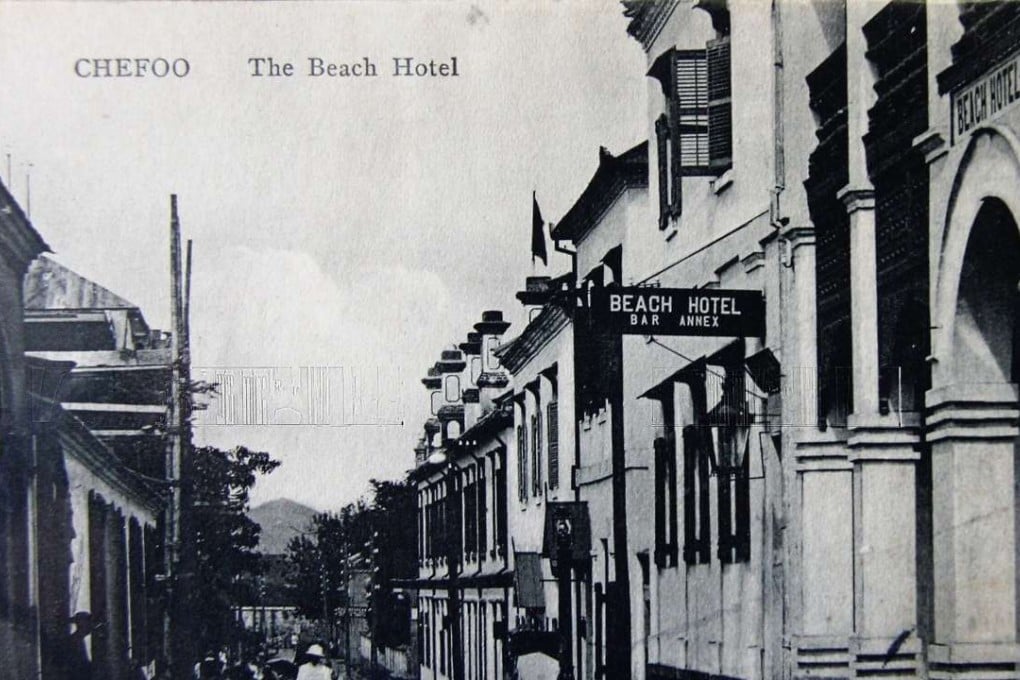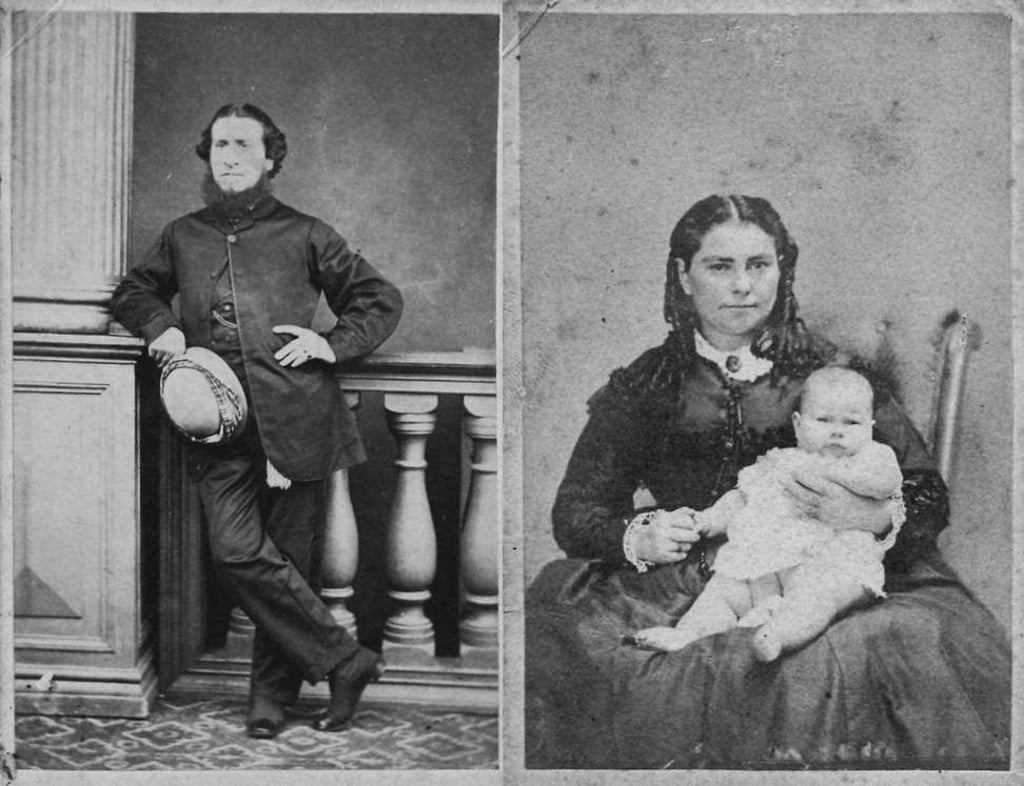Life in a Chinese treaty port: Eurasian traces great-grandparents’ journey from London slum to Hong Kong and beyond
Ian Gill hadn’t even heard of Chefoo (now Yantai) until he started tracing his family’s roots and found out his great-grandparents had lived an enviable life there in the 19th century

My wife and I travelled to Yantai, formerly known as Chefoo, in October, to explore a family mystery. We had asked a local historian if we could meet him, but had no idea what to expect. To our surprise, our four-day visit to Shandong province turned out to be revelatory, attitude-changing and deeply moving.
A few months earlier, I must confess, I had not heard of Chefoo. Then I made the astonishing discovery that my English great-grandparents had moved from Hong Kong to northern China in 1873, during a period when many Chinese were flocking south to the fledgling British colony. Following the Treaty of Tientsin (1858), Chefoo had opened as a treaty port in 1861, presenting opportunities for the intrepid. But my forebears were neither colonial administrators, nor merchants, nor missionaries. They had no organisation to bail them out if things went wrong. So why had they risked their future, and that of their children, with such a move?
An investigation of this historical puzzle led to encounters as enthralling as the stories of Edward and Mary Ann Newman that would slowly emerge. It included finding two elderly cousins with whom I shared great-grandparents and meeting them on opposite sides of the world.
During our taxi ride from Yantai airport, it was hard to imagine that the bustling, modern city of seven million that unfolded before us could have grown out of the walled town of 10,000, plus a few dozen foreign residents, that had greeted the Newmans a century and a half earlier. But, when we alighted in the seaside district of Chefoo (Chifu), we found ourselves in the old foreign quarter, where many colonial-era buildings have been preserved or restored.

Black-and-white photographs of the former settlement lined the walls of our hotel, which stood on the site of a former French convent. That evening, we met Victor Wei Chunyang, a tall, dark-haired Yantai historian. He took us to the greystone customs house, with a roof of curving tiles, and the wharf where the Newmans had disembarked from a lighter after a three-day journey by steamer from Hong Kong. We supped at the former premises of a British merchant on the old Beach Road the Newmans would have taken, their wooden trunks borne by pigtailed coolies.
From the still-existing Chefoo Club on the seafront, we gazed at the same long, curving bay the Newmans had seen, only in their day there would not have been tall buildings standing back from the sea, but bare fields undulating towards shallow hills. On the distant shoreline, they would have seen a white speck – the single-storey structure that was to be their home. Holding back her dark hair against the sea breeze, Mary Ann must have wondered how she would bring up her infants in such a hinterland.